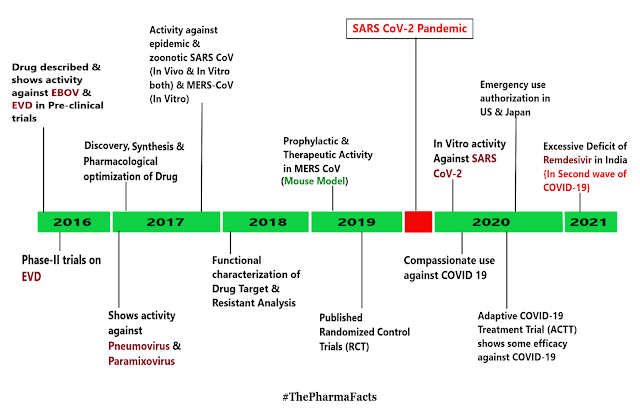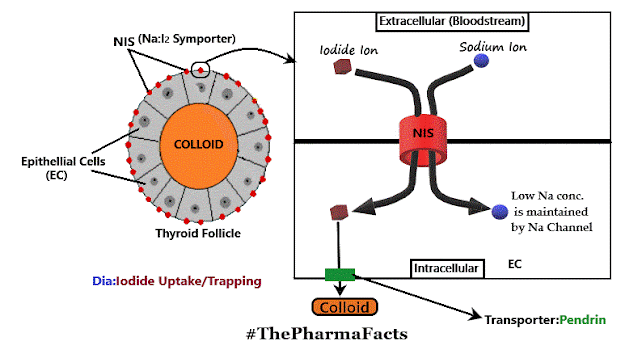Anti-Neoplastic Agents
- These are agents used for the treatment of cancer, tumor, malignancy carcinoma, sarcoma, leukemia, neoplasm.
- All the above mentioned are characterized by uncontrolled and abnormal cell growth.
- Primary tumors invade adjacent normal cells or tissues and form cancerous cells then, these cancerous cells separate themselves from the primary tumors and reach distant sites of the body via the lymphatic system where they divide and form secondary tumors; this is the process of Metastasis.
- Oncogene is the gene that has the potential to cause cancer.
- Antineoplastic agents are as follows:
1. Alkylating agents
2. Antimetabolites
3. Antibiotics
4. Plant products
5. Miscellaneous agents
1. Alkylating Agents:
- these agents having two chloroethyl-side chains.
- these agents are capable to produce highly reactive "Carbonium ion".
Mechanism of Action-
- One of two chloroethyl side chains undergoes SN1 intramolecular cyclization reaction and releases chlorine to form a highly reactive intermediate "Carbonium ion".
- this is followed by SN2 nucleophilic substitution in which alkylation of 7th nitrogen in Guanine residue of DNA happens.
- this leads to the inter-strand crosslinking of a Guanine residue.
- since DNA replication and cell division doesn't occur; leads to cell death.
Examples-
- Mechlorethamine
- Cyclophosphamide
- Melphalan
- Chlorambucil
- Busulfan
- Thiotepa
2. Antimetabolites:
- these agents show maximum effect in the S-phase of the cell cycle.
- cell cycle-specific agents.
Mechanism of Action-
- these agents interfere with the availability of normal purine and pyrimidine nucleotides precursors either by i) Inhibiting their synthesis or ii) Competing with them in DNA/RNA synthesis
Examples-
I] Purine Analogues:
- Mercaptopurine
- Thioguanine
II] Pyrimidine Analogues:
- Fluorouracil
- Floxuridine
- Cytarabine
III] Folic acid analogues:
- Methotrexate
- Azathioprine
3. Antibiotics:
- Cell Cycle Nonspecific.
- These are different agents from bacterial antibiotics except Actinomycin.
Mechanism of Action-
- They act by binding with DNA and preventing RNA synthesis.
- Hence Protein synthesis is blocked.
- Which leads to cell death.
Examples-
- Dactinomycin/ Actinomycin
- Daunorubicin
- Doxorubicin
- Bleomycin
4. Plant products:
- Cell cycle-specific.
Mechanism of Action-
- These agents bind to Microtubular tubulin.
- This causes the prevention of polymerization and assembly of microtubules which leads to mitotic spindle destruction and chromosomes fail to move apart during mitosis.
- this is Metaphase Arrest and hence cell death.
Examples:
- Vincristine
- Vinblastine
- Etoposide
5. Miscellaneous agents:
Examples:
- Cisplatin
- Mitotane





Comments
Post a Comment
If you have any query or If you like the post,Please let me know.